Visit LeviDigital Ecosystem Modernization
HiQ modernised Levi’s tourism digital ecosystem and upgraded the website’s buyer journeys and usability.

A Growth Platform for Tourism
Among Lapland’s beautiful destinations, Levi is exceptionally multi-dimensional thanks to the area’s long-term development and sustainable growth and services. The local service industry is primarily built around tourism, where digital channels and services play a crucial role in communication, marketing, sales, and customer experience.
Visit Levi’s mission is to support the business life and tourism of the region. One key development element is the digital ecosystem and its visible facade, levi.fi.
In the winter of 2021, Visit Levi started a development project with service design to identify the bottlenecks of the website and online transactions. After this, it was time for implementation, for which HiQ was selected as a partner.
A High-level Vision as a Starting Point
Thanks to the service design project, Visit Levi had a strong vision and understanding of Levi’s visitors’ wishes and needs and the digital services’ development needs. In addition, Visit Levi identified several technical bottlenecks. Hence, they decided to modernize the website maintenance solution and backend services.
The project’s goal became a comprehensive upgrade in terms of architecture, user experience, and online purchasing. From the development point of view, the project had a delicious starting point as almost everything could be blown up and rebuilt, if necessary. On the other hand, utilizing the old and working within the given framework was vital.
The project had an ambitious schedule as Levi’s winter season is one of the first in Lapland to open.
I was very happy that we got an enlightened, open-minded and like-minded customer who, like us, valued user experience, quality and achievement. What’s not to like?
Mikko Sairio
Director, Business Development
Pragmatically towards Practical Implementation
Even though the service design project had produced a strong vision, it ignored certain limitations and realities produced by current systems. The project’s vision was still far from being implementation-ready.
The work started with a disciplined and in-depth design of the user interface and technical solution and its feasibility study, before moving on to a more agile implementation phase.
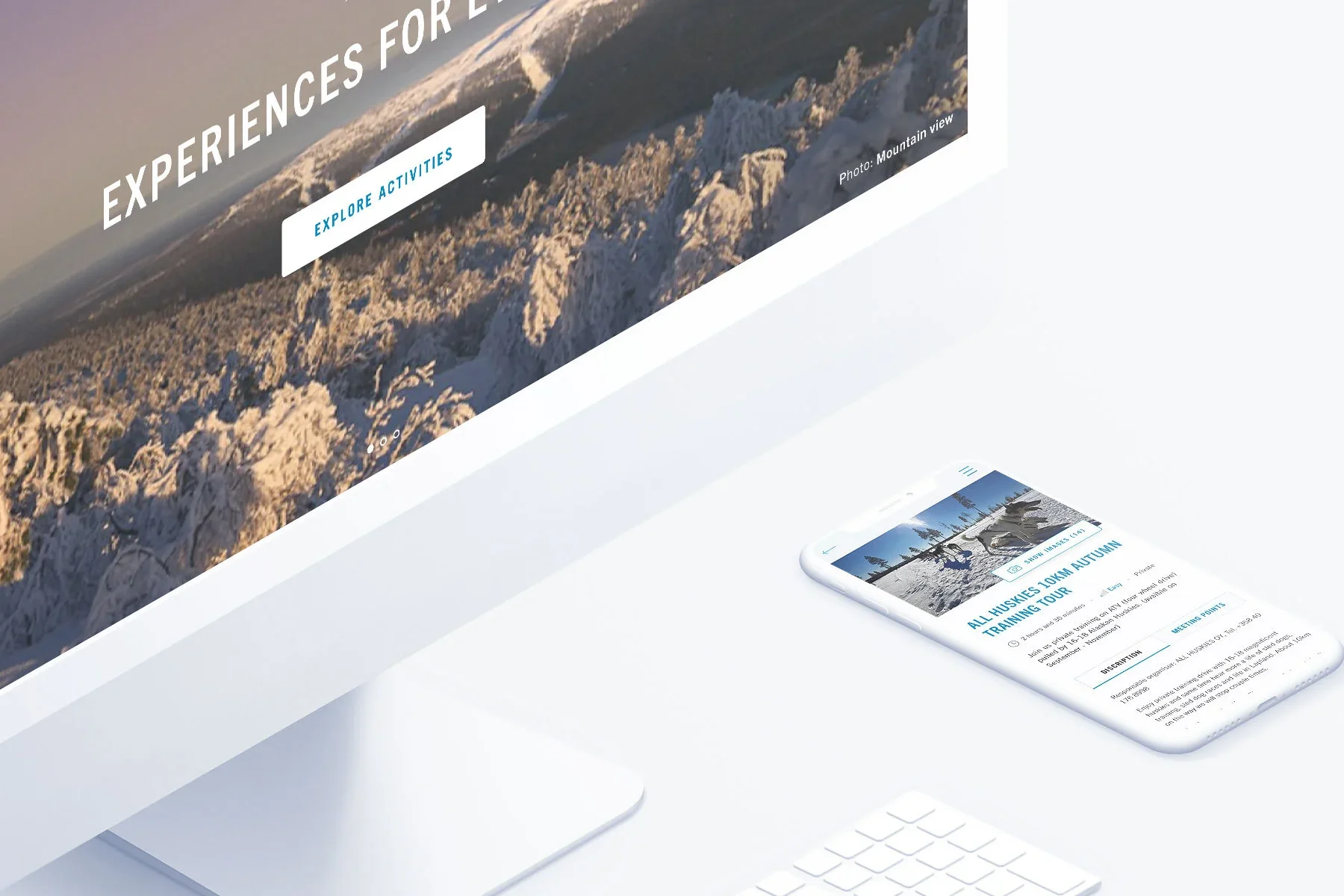
The planning phase required a comprehensive vision of digital service development and level-headedness in goal setting. In addition, the planning was about balancing between the limitations of feasibility and, on the other hand, brand and user experience goals set in the service design phase. A similar dilemma affected the technical architecture design, which considered the requirements of the given vision and the existing utilizing possibilities of the backend services.
In practice, the phase was a direct continuation of the previous service design phase in the operating model. Finding a balanced solution for design, technology, and the needs of the multifaceted customer required workshops, close cooperation, and documentation.
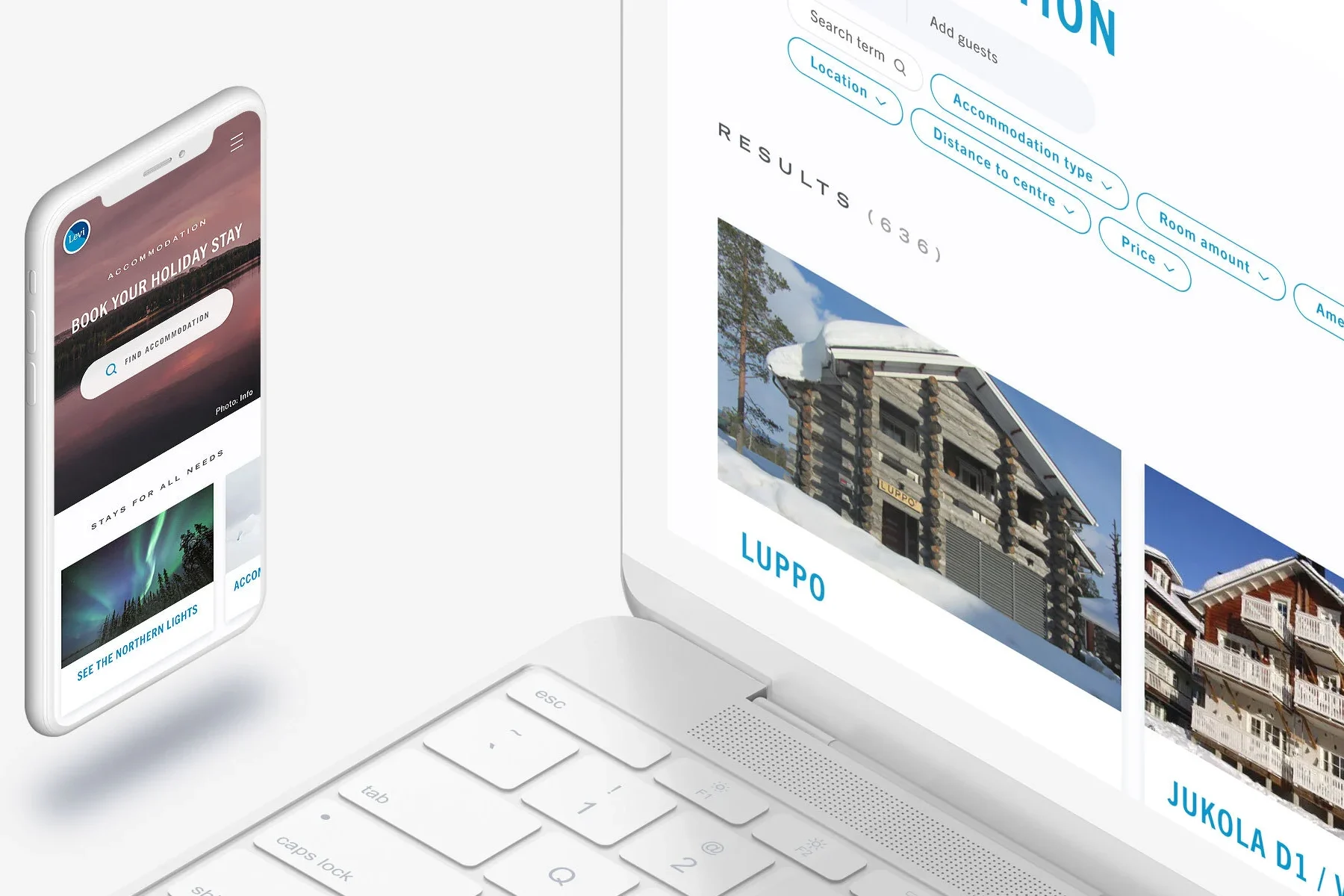
The planning phase resulted in comprehensive and detailed designs across relevant devices, clearly defined use cases for various stakeholders, a technical architecture plan with prototypes where needed, and a clear framework for the project.
A Modern Technical Solution
HiQ built the architecture and the technical implementation according to the headless paradigm. The elements used were familiar to HiQ and had been tested in previous deliveries.
The core of the technical solution consisted of a strongly typed React-based user interface layer, Contentful cloud content management service, and Gatsby framework, which acts as a glue between the content sources and the user interface application.
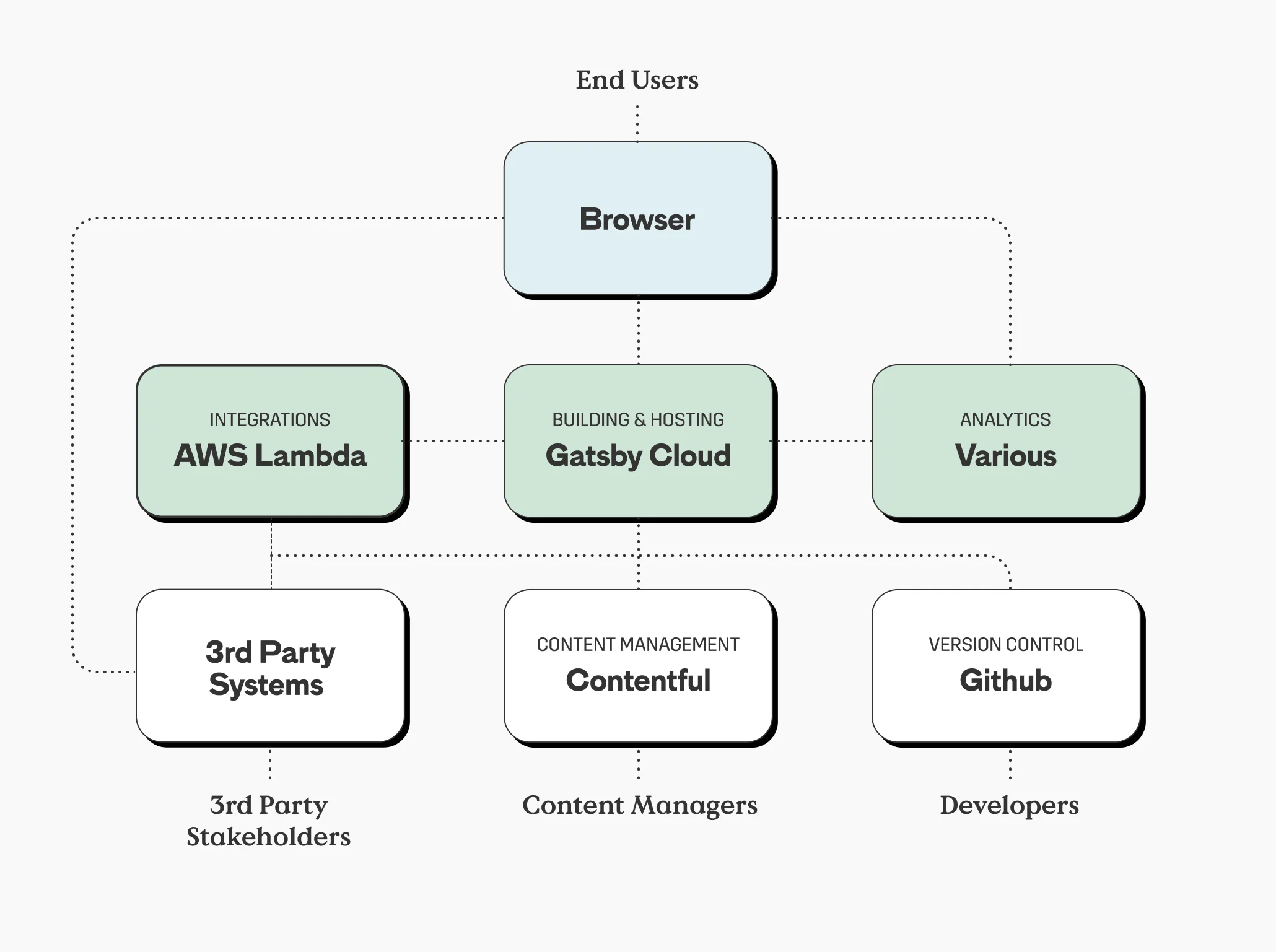
Other elements included:
- Data pumping and indexing of accommodation and destination information from 3rd party systems, implemented using AWS Lambda functions
- A document database serving as a cache for the aforementioned search index
- Frends integrations providing real-time information from the Levi Ski Resort IoT sources
- SaaS-based search service used for indexing the primary content of the site and for the internal search function of the site
- Version control for managing the development of the application’s React project
- A cloud-driven content publishing pipeline hooked to the version control system
- Distribution of the site’s static files for public users and search engines, as well as separately for content management preview
With content changes, the content publishing process starts and combines information from various content sources. From the browser’s and search engines’ point of view, the site’s pages appear simple, semantically structured HTML pages with content and styles. They load quickly and are indexed well on search engines.
The scalable and modular technical architecture allowed uncompromising choices in back-end support services and browser implementations. The site loading times are speedy. The filtering of accommodations and services and the site’s internal search were forced to work with a response time of fractions of a second. The search engine capability is excellent, including content managed in external systems.
The accommodation and service offering, managed in external systems, is pumped and indexed as lightweight incremental AWS Lambda processes to the intermediate base, from which the Gatsby plugin retrieves the data to the site. This data ends up neatly in the same data structure as the content sourced from Contentful. The produced search index is saved in a compressed JavaScript structure, which is utilized as a data source for lightning-fast target filtering of accommodations and services and accommodation price calculations.
“Sometimes, technical solutions are chosen due to their trendiness. Currently, this stack is kind of hot. However, this time, the stack is also spot on for the requirements of Levi’s website with its high seasonal traffic and digital commerce features”, says Mikko Sairio, HiQ’s Director, Business Development.
Despite the project’s complexity and somewhat unique requirements, the team didn’t end up reinventing the wheel. The solution is a derivative of HiQ’s reference architecture, and React is one focus areas of HiQ’s front-end competence team. Gatsby technology and Gatsby cloud are battle-proven and familiar solutions for similar projects. The cloud-based Contentful functioning as a CMS has proved to be a good, customizable, and scalable content platform.
A Successful Result that all Parties were satisfied with
The cooperation between Visit Levi and HiQ was intensive and open. The strong project management and continuous dialogue ensured that everything progressed quickly and that all parties had a clear view of the situation and the choices made at all times.
With the launch of the beginning of winter 2021, the visible part of Levi’s digital ecosystem at levi.fi has served tourists, and the business life of the region as the site’s visitor load steadily increases to massive dimensions.
The project’s goal was to raise the bar regarding architecture, integrations, user experience, and ease of online shopping. The easily met goals can be seen in practice, for example, like this:
- The user interface now serves users wonderfully regardless of devices.
- The site’s loading times are speedy.
- Filtering of accommodations and services and the internal search work within fractions of a second.
- Search engine indexability is a built-in feature of the architecture and is implemented meticulously by focusing on the semantically correct structure of the content.
- Due to the source-agnostic way of treating content, also the data from external systems, i.e. accommodations and activities, is indexed in a similar fashion
- The maintenance of the website has been simplified, making it easier for Visit Levi and other parties to maintain the basic content.
- Other service providers in the area can still use the same familiar background tools to maintain their content under levi.fi.
- A more modular architecture has opened doors for future technical improvements and service extensions.
Moreover, the feedback from the field has been positive, and website visitors’ time spent on the website, especially the number of sessions leading to the purchase journey, has progressed.
HiQ maintains the service continuously with a service package adapted to the maintenance of the online service. With the help of support service processes, HiQ monitors the production, and the parties have full transparency of support and development work. With HiQ taking care of the existing technology, Levi can focus on future development.
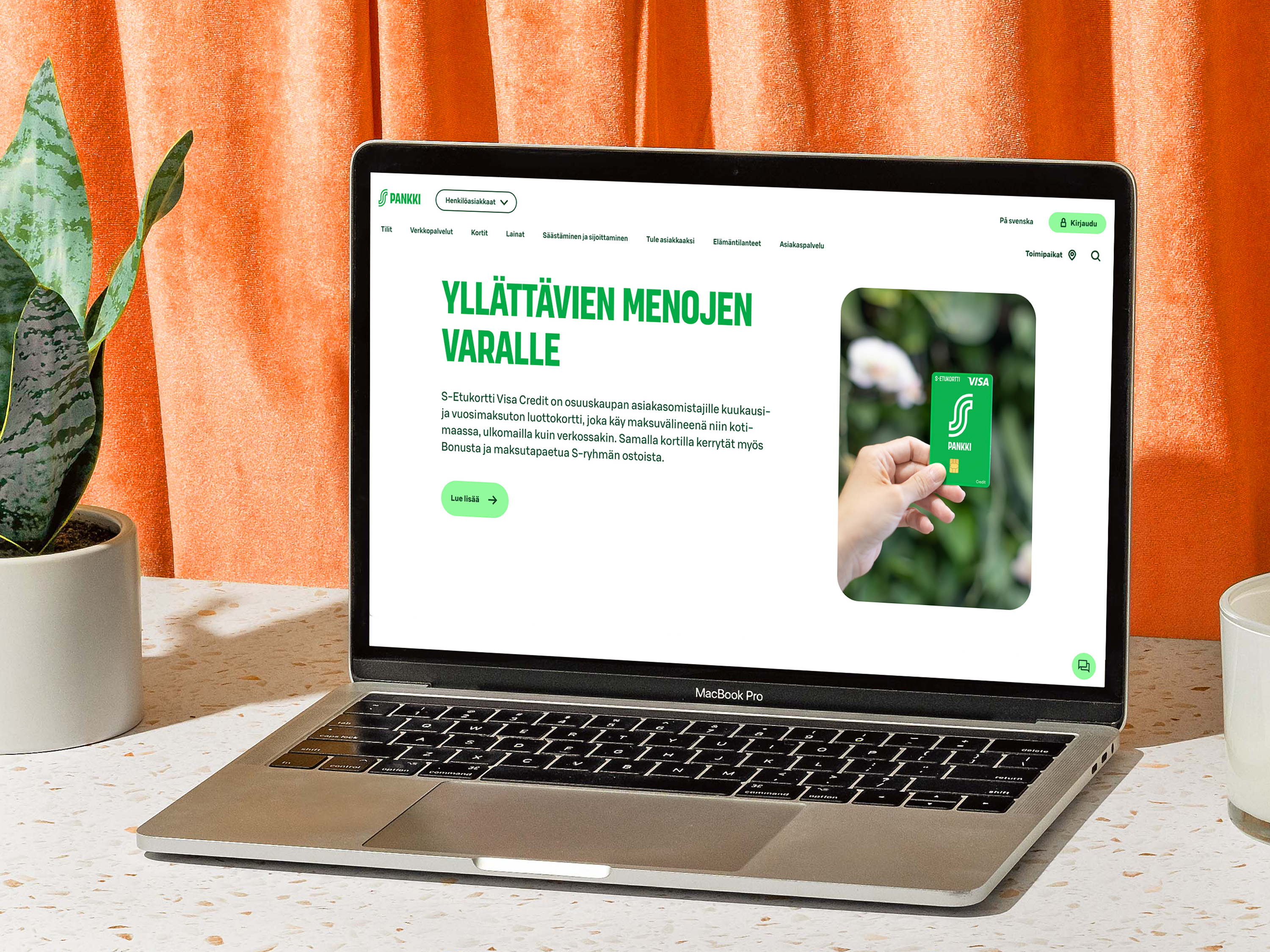
A technically and visually compelling digital service ecosystem for S-Bank
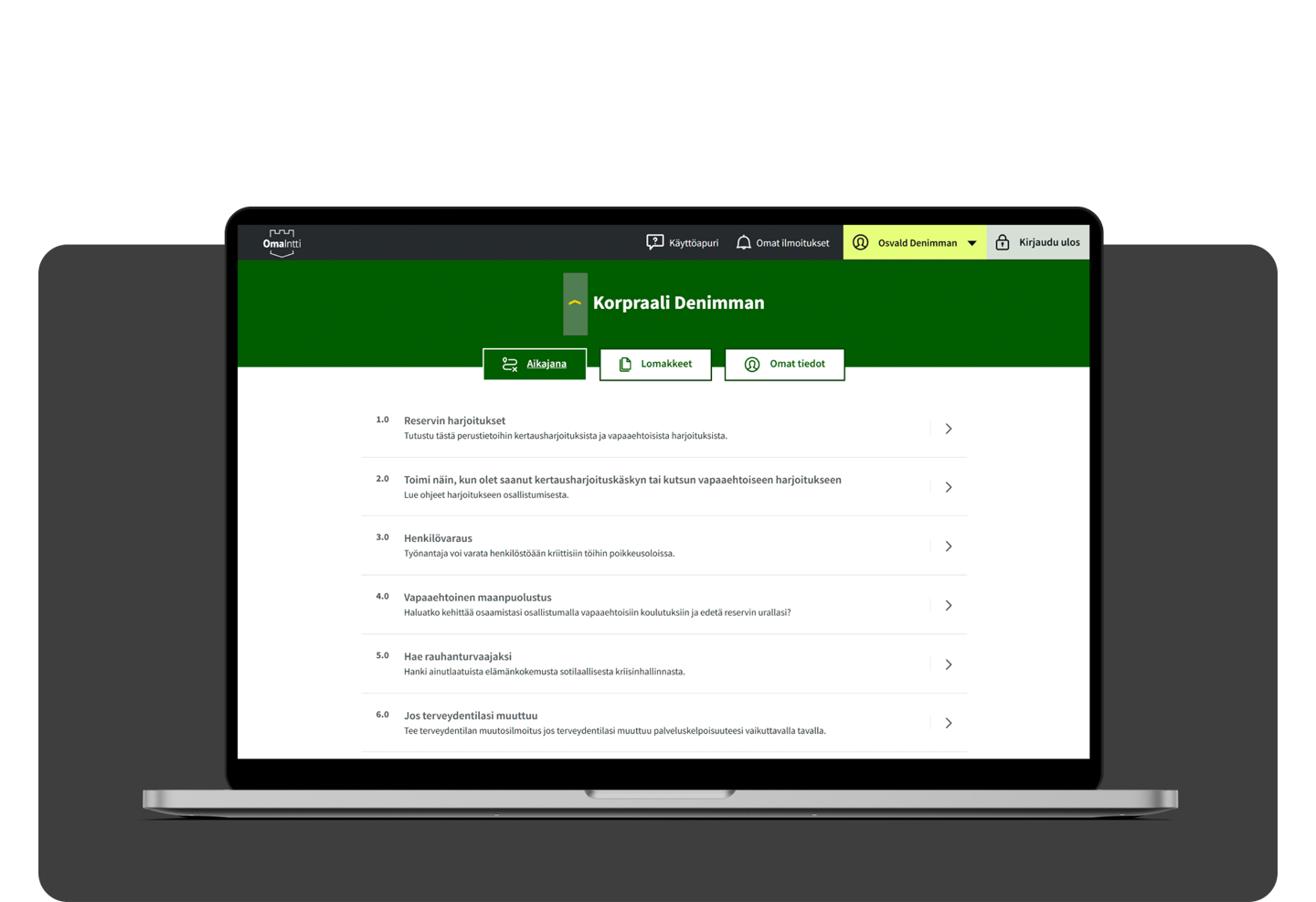
Into the digital era! OmaIntti simplifies interaction with the Finnish Defence Forces

LähiTapiola found the potential of AI in their investment solutions business area

Vierumäki: Digital service suite

Home rental online store for Retta
